Five laws for community-led growth
Like product-led growth, community-led growth (CLG) enables efficient, bottoms up adoption. CLG leverages the power of the people to accelerate customer acquisition, retention, and engagement.
Customer success, BizOps, DevOps—a decade ago, these roles and functional groups barely existed. Today, it is hard to find a growth-stage company without them. These roles emerged around metrics-based goals that grew to define company success. For example, customer success teams were born as companies moved to recurring revenue models like SaaS and Cloud, where the importance of net dollar retention from renewals and upsells warranted heightened focus on customer retention and expansion. BizOps leaders came about as a way to enhance operational efficiency, while DevOps came into being to reduce time-to-production. These metrics and corresponding functions have proven so valuable, they are now core ingredients in org charts.
Community is next. We predict that in the next five years, more than 50% of startups and tech companies will have functional groups and executives dedicated to community by the time they cross $5 million in revenue.
The “community” role masquerades under many different titles including developer evangelist, developer relations, customer experience, customer advocate—the list goes on. What these roles share is their core responsibility: building and maintaining healthy engagement among a company’s customers, contributors, or users. In fact, three quarters of the companies included in Bessemer’s Cloud 100 have allocated resources to strengthening community efforts and over 10% of the Cloud 100 companies are currently hiring for a community role. This number jumps to over 20% for the top 50 companies on the list. Our team at Bessemer is no exception. We are investing substantially behind our Community team, fostering connections among portfolio companies, operators, and leaders to help them to level up and grow.
In our 2020 Open Source Roadmap, we highlighted that “community engagement is the lifeblood of an open source company.” In 2022, we posit that community engagement is the lifeblood of any company. Community engagement enhances product feedback and development, while driving awareness and adoption. For all the founders aiming to cultivate more community-centric ideals at their startups, we share what makes community engagement so critical to the present moment and how you can leverage the five laws of community-led growth (CLG) to launch your own community strategy effectively.
The perfect storm for community-led growth
- Community influence = company influence: In the 2015 Reddit revolt, Reddit volunteer moderators responsible for 10,000+ discussion boards halted activity until company management appreciated their value. Companies can’t afford to alienate its key constituents—the Reddit volunteers gathered 200,000 signatures in petition for a change of management and the company ultimately complied.
- Crypto catalyst: web3 celebrates decentralization, personal ownership, and community participation. The Ethereum community, for example, has captured the attention of hundreds of thousands of contributors in recent years.
- You can run, but you cannot hide: With most of the global population connected via smartphones and social media, strangers—previously siloed—can now self-organize into interest groups without being restricted by geography or other limitations.
- Rising customer acquisition cost (CAC): The triopoly of Google, Facebook, and Amazon account for +90% of U.S. digital advertising. With CPMs on the rise, startups need to find alternative customer acquisition channels. Community holds the potential to serve as a cost effective, owned source of lead generation.
- Software composability: Widespread adoption of cloud native architecture and open APIs have unlocked the ability for multiple contributors to collaborate. An increasing number of stakeholders—employees, customers, and fans—can meaningfully contribute to product development at unprecedented speed and scale.
In order to form Bessemer’s five laws of CLG, we spoke to community leaders across a diverse set of technology companies within the Bessemer portfolio, including HashiCorp, Twilio, ServiceTitan. These laws are intended to serve as guiding principles to help business leaders across verticals harness the power of community in order to accelerate growth—from company formation, to public offering, and beyond.
Five laws of community-led growth
1. Use the 95-5% rule
The 5% minority of customers are often the most vocal, both when it comes to extolling and condemning the product. For better or for worse, the most passionate community members are opinionated and deserve a forum to voice their opinions. Social media platforms, such as Facebook, Twitter, and Discord, are common places for frustrated feedback to land. Let that happen. Customer success can occasionally monitor activity and relay feedback to product teams, creating a channel to incorporate best ideas while protecting employees from being inundated. On the flip side, the top 5% of power users may warrant ambassadorship rewarded by exclusive access and recognition for their outsized contribution. High-quality feedback from passionate members matters more than quantity.
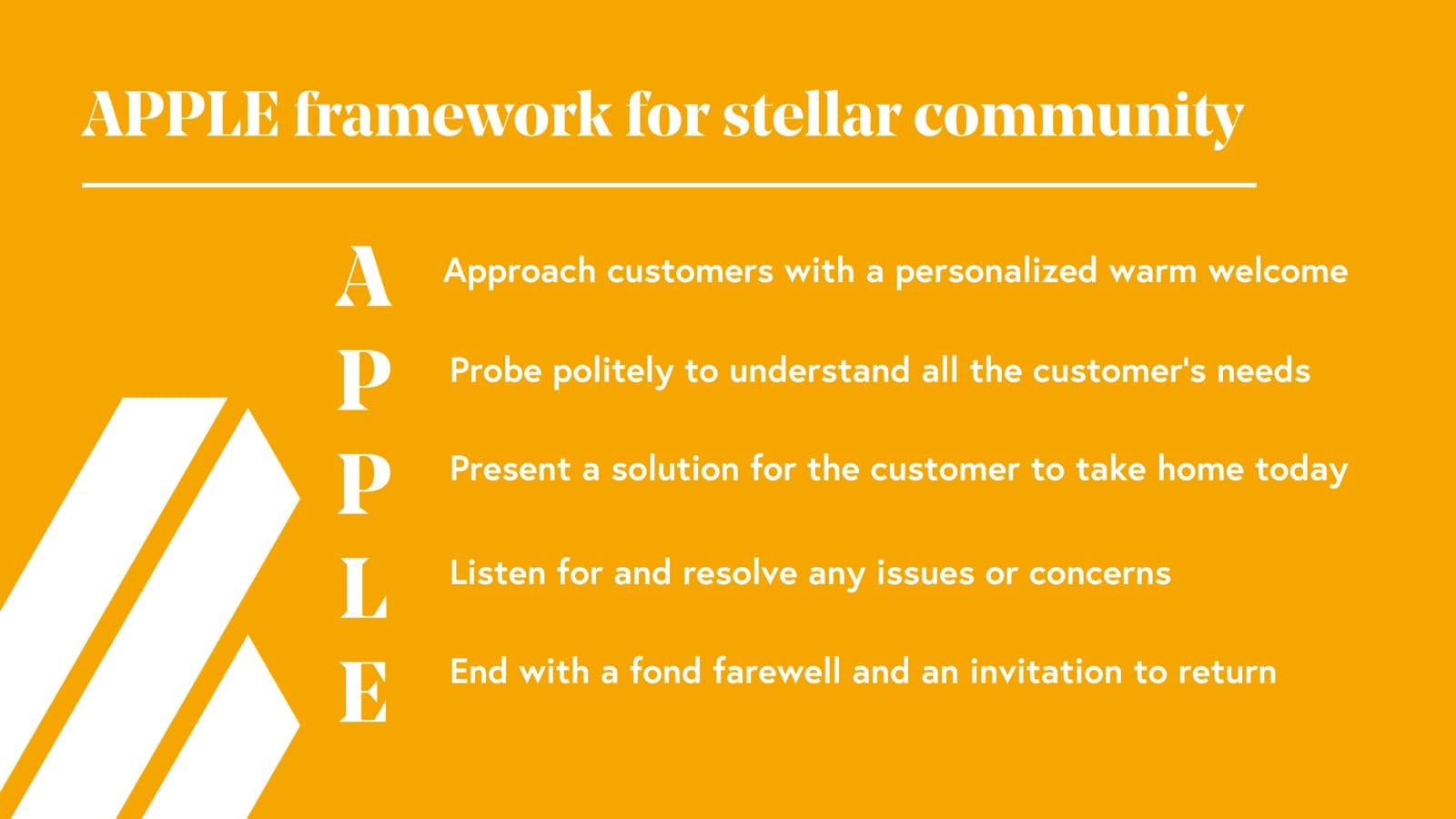
2. Be authentic
The best place to search for talent to lead the community function is from within the community itself. Bessemer portfolio companies MakersPlace and ServiceTitan offer two premier examples. Jarid Scott is an up-and-coming NFT artist who not only has built a strong following on MakersPlace, but also serves as its community manager. Likewise, ServiceTitan lucked out by bringing on Thomas Howard as VP of Customer Success. Thomas was a ServiceTitan customer himself for over a decade. This firsthand experience enabled Thomas to instill a unique level of product-depth and empathy into the community.
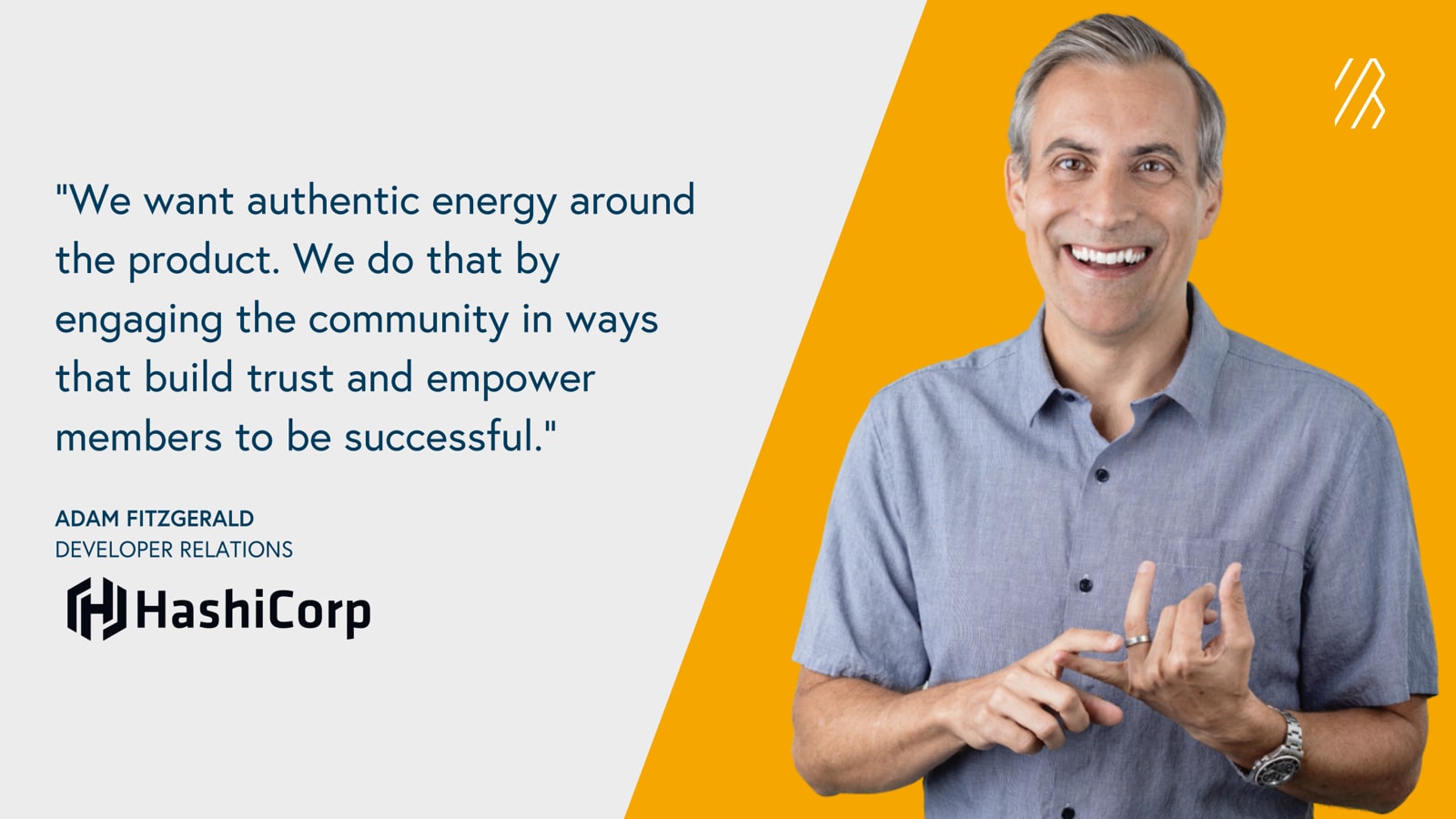
3. Remember the customer to community conversion ratio
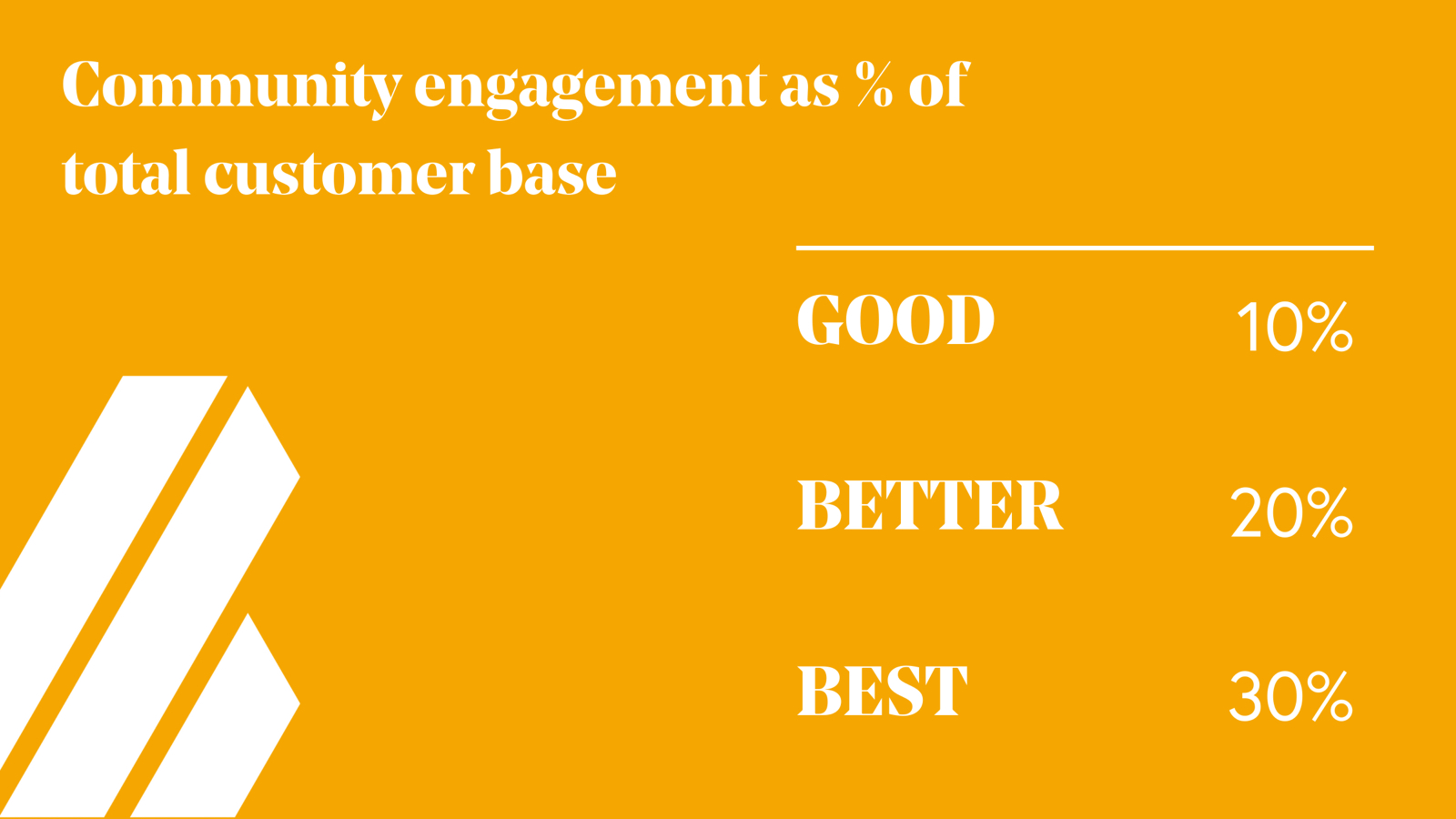
Companies that are best-in-class at fostering community are able to engage up to 30% of their customer base, via advisory forums, digital channels, product feedback, and more. High rates of engagement mean that customers can answer one another’s questions, solve problems and celebrate wins together—transforming customers into advocates. Fostering this kind of knowledge sharing is particularly valuable for companies with deeply technical products whereby existing users educate prospective users, accelerating the learning and adoption curves.
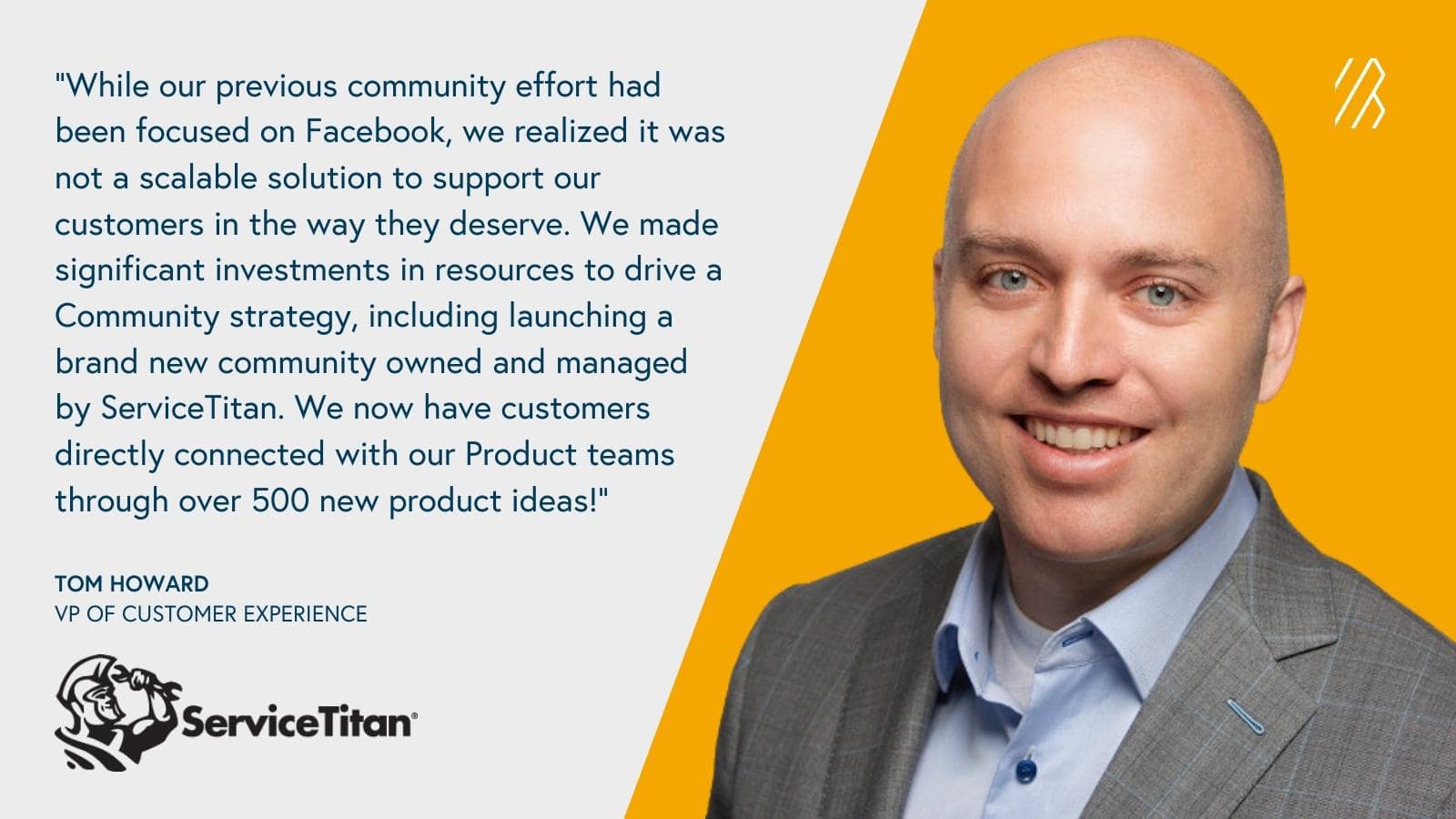
4. Measure your halo
The best communities scale faster than their customer base. While community-led customer acquisition can be hard to attribute, a strong leading indicator is when the growth rate of community members is greater than or equal to customer growth. That means when customer growth is expanding +2x YoY, active community growth should be expanding by at least that much too. Whether members are customers or contributors, they generate value directly as paid customers that convert from top of funnel marketing efforts or indirectly as partners that further raise awareness and validate the product. In sum, community growth creates halo effects.
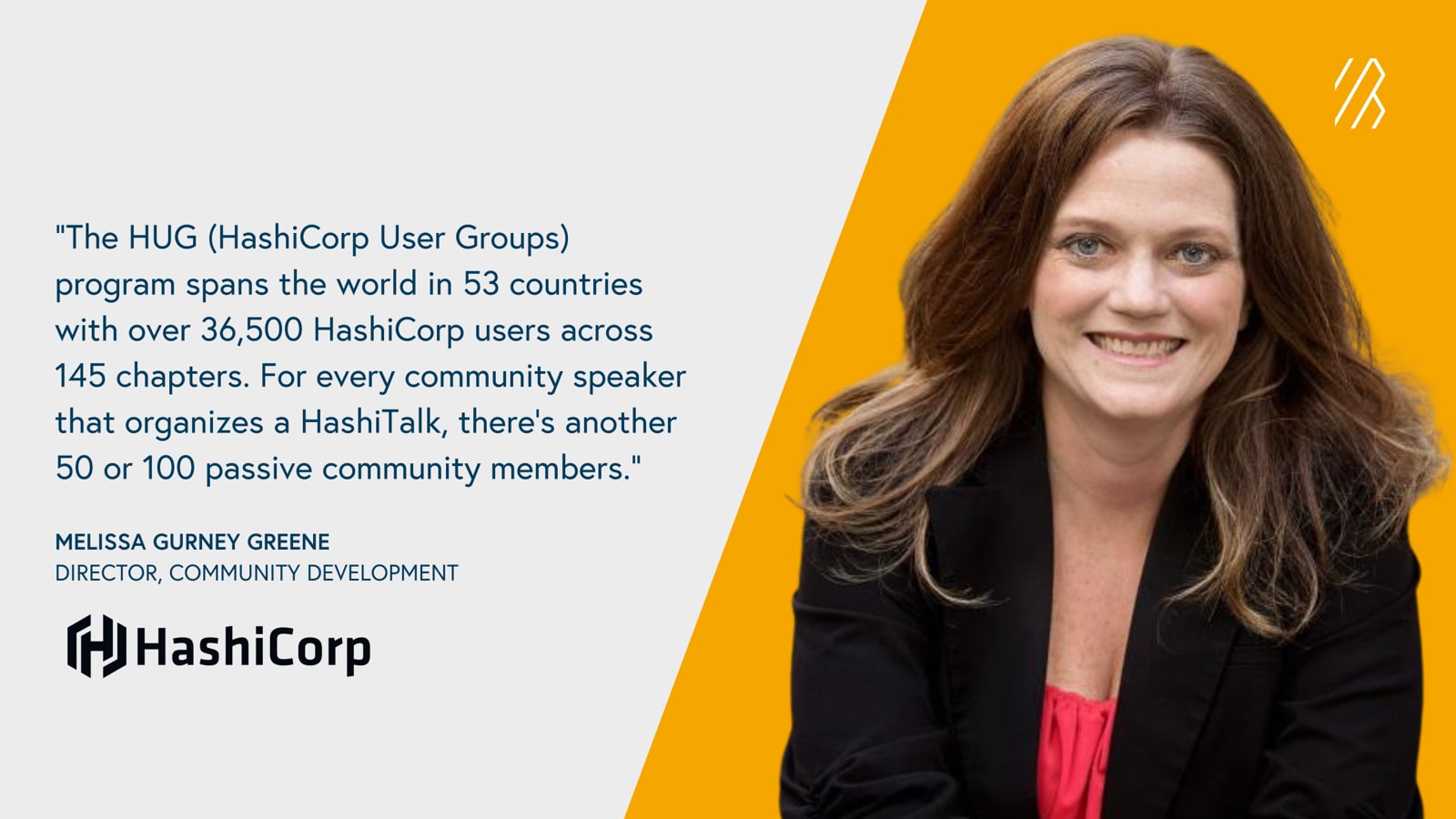
5. Collaborate across cross-disciplinary teams
Community is a cross-functional effort, meaning that members need to collaborate closely with marketing, operations, product, and engineering teams. A head of community may report to the CMO, COO, or CPO (and this may change over time). Asking why community matters to the company can help determine which existing business unit should manage community efforts. We suspect that one day the role of head of community will be its own position on the executive slate. Until then—and even then—interdisciplinary work is integral to moving the needle on important business objectives, such as self-serve product education, adoption of new features, and evangelism. Startups frequently develop in-house software to coordinate and measure community initiatives across teams spanning customer acquisition, customer support, customer success, brand awareness, product testing and more. (Note: We request for startups building software to facilitate and supercharge community initiatives!)
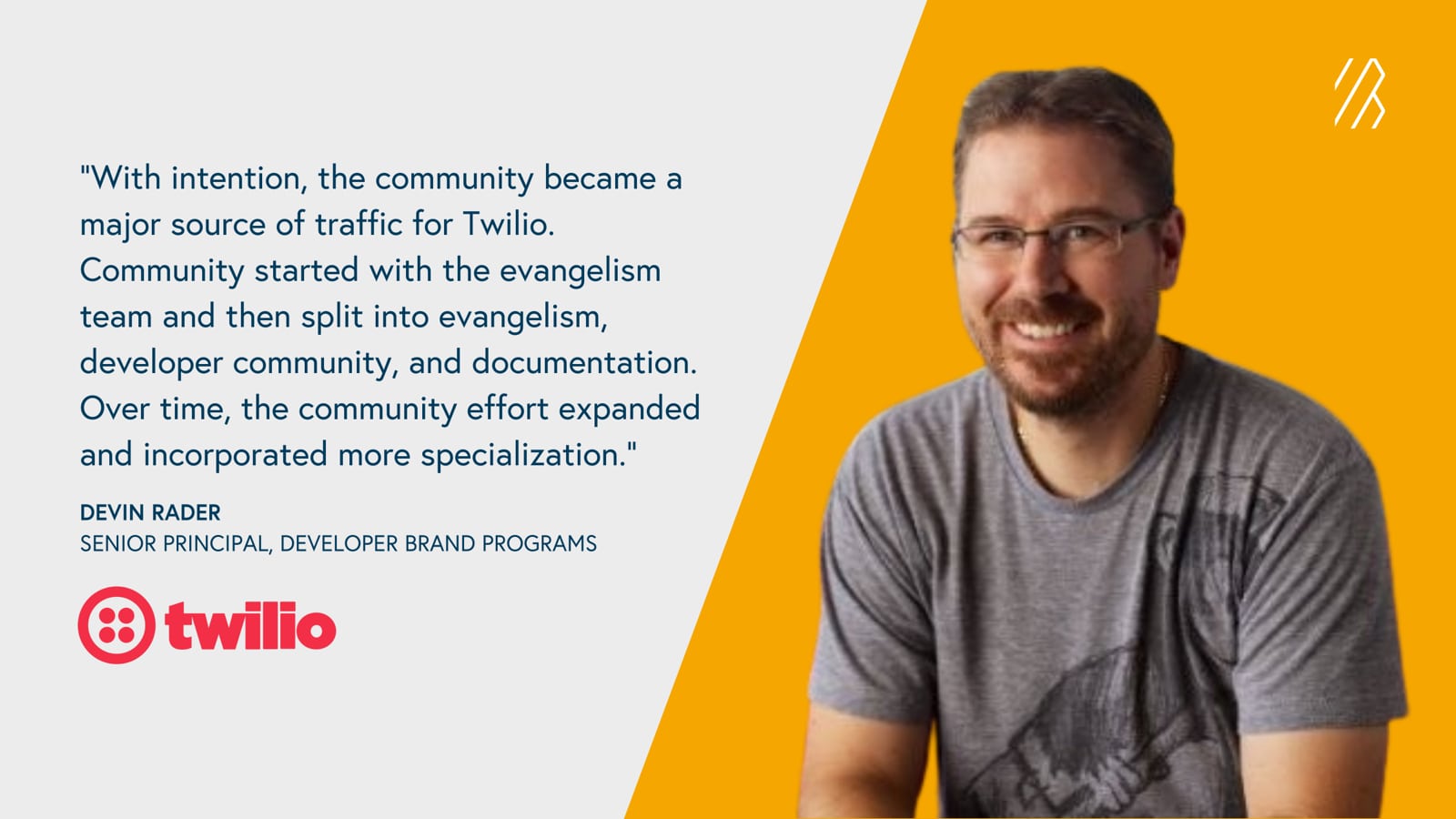
Let community lead the way
The prevalence of community in companies’ growth strategies is only going to increase in the years to come. Thanks to market factors like rising CAC and the growing influence of online communities, it’s never been more critical to take responsibility for this owned growth channel. By following these five laws, you’ll be well on your way to creating a thriving community ecosystem.
A huge thank you to Adam FitzGerald, Melissa Gurney Greene, Andrew Tork Baker, Devin Rader, Christine Sunu, and Thomas Howard for sharing your time and perspective to make this article happen. We defer to these experts on community best practices and hope this article helps other startups to follow in your footsteps!





